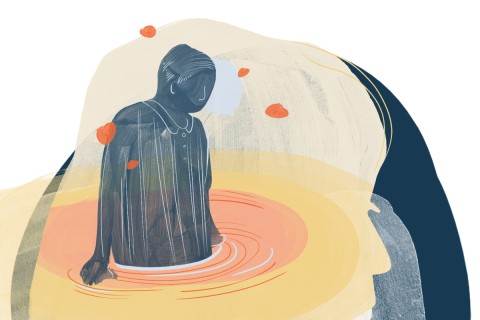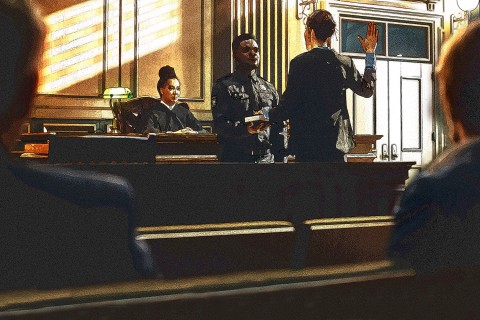How books change us and are changed
Books change. They change us individually and collectively. Tom Paine’s direct style convinced countless colonists that it was Common Sense to become an independent nation. Henry David Thoreau lectured New England college students that they were better off hand-crafting knives than they were sitting in stuffy classrooms. He influenced Gandhi and Martin Luther King Jr. Not long after Walden, Harriet Beecher Stowe ingeniously combined sentimentalism and the gothic to compel Americans to pick sides in the great slavery debate. Her world of good slaveholders undone by economic disaster, of heroic families pursuing freedom, of loving little white girls, of horrible older white men, and ultimately of a martyr named Tom, helped start a civil war. Before the Civil War, Uncle Tom’s Cabin sold more copies than any other book except for the Bible. In fact, Stowe’s story was so morally powerful that it generated sales of the Bible.
Books are also changed. In 1903, W. E. B. Du Bois pricked the conscience of white Americans with his Souls of Black Folk. In an age of Jim Crow segregation and spectacle lynching, his literary effort to unveil those behind the veil was beautiful and tragic. One black Presbyterian minister wrote to him, “God has raised you up at this juncture in our history, as a race, to speak to the intelligence of the country in our behalf.” But Souls of Black Folk also contained several lines that demeaned Jews as “shrewd and unscrupulous.” Jacob Schiff, a financier, wrote to Du Bois that these phrases “gave an impression of anti-Semitism.” By 1953, Du Bois agreed and had eight references to Jews altered or removed. Those who have read Souls since would have no idea of the change.
Other books get new forewords, new covers, and sometimes new chapters. Randall Balmer’s Mine Eyes Have Seen the Glory, for instance, is now in its fifth edition. The soon-to-be-released 25th anniversary edition has a new chapter and afterward.
Perhaps no book has changed the world and has been changed within it more than the Bible. The entire range of human experience and explanation has been influenced by its books within the book. Some have gone to war because of it; others have advocated peace. Some have justified free-market capitalism; others have found in the Bible the rudiments of organized socialism. Some have defended slavery and patriarchy; others denounced one, the other, or both. The president of the American Historical Association told his colleagues in the early 20th century, “Millions have known little of any book save one, and that one the most interesting of religious books, the most influential, the most powerful to mould and transform.”
Of course, there is not just one Bible. If you wander into any church, you will probably find several translations and versions. Some stick to the New King James, but others embrace The Word, the NIV, or one of a host of others. BibleGateway.com boasts more than 180 versions in more than 70 different languages.
It’s not only the translations that make for distinctive Bibles. Some have book jackets, perhaps with the words of the Serenity Prayer or with a pouch to hold paper. Some will have drawings or maps. Some study Bibles have little paragraphs at the bottom that offer lessons in geography, meaning, and content. And of course, millions have underlined and highlighted passages in their Bibles. Millions have written on the tops, sides, and bottoms of pages.
Because books change us and because books are changed in meaningful ways, we at Then and Now are beginning a series of posts entitled “Books Change.” Our authorship will be wide, ranging from senior scholars in the field, such as David D. Hall of Harvard University and Richard Lischer of Duke Divinity School, to new authors publishing the books that are changing our fields, such as W. Scott Poole, Elesha Coffman, Todd M. Brenneman, Mark T. Edwards, and Heath Carter.
We hope you will take the occasion to consider what books have changed you, those around you, and your society, and why. Have there been books particular to your family or to seasons in your life? Are there books you love to hold or thumb through for the memories they invoke? Are there books published in our age that you think are influencing the world now and will in the years to come?
Our weekly feature Then and Now harnesses the expertise of American religious historians who care about the cities of God and the cities of humans. It's edited by Edward J. Blum and Kate Bowler.




